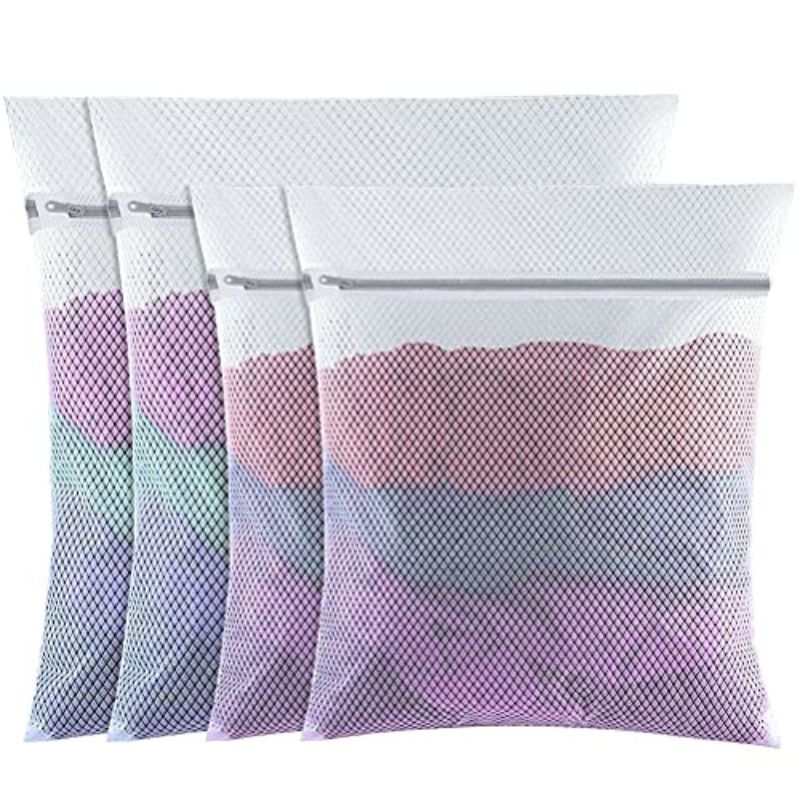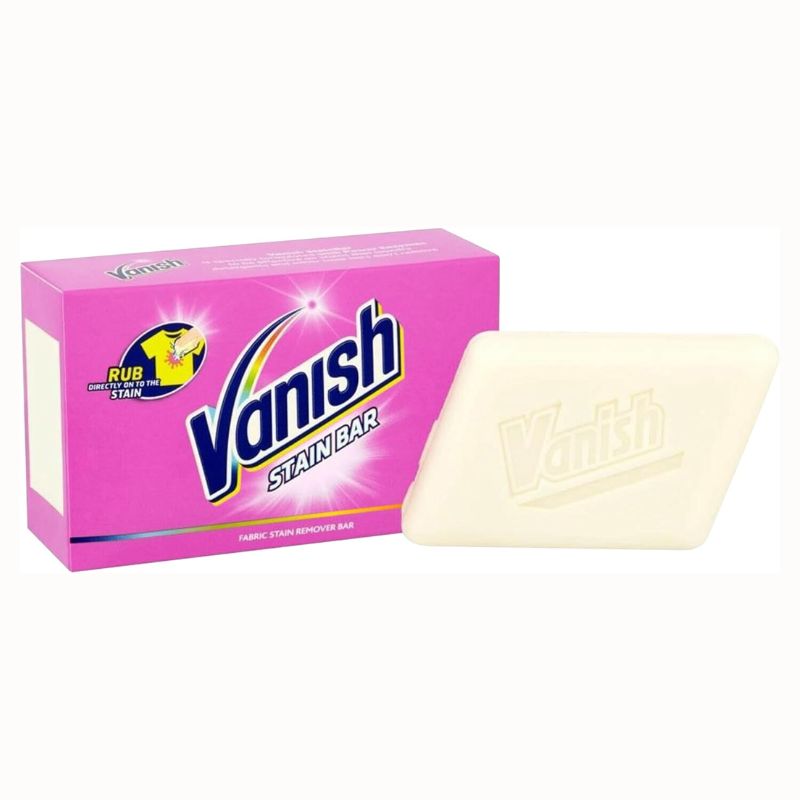How often should you wash swimwear? Expert tips to extend its lifespan
Is every swim a wash day? Here’s how often you should actually wash your swimwear

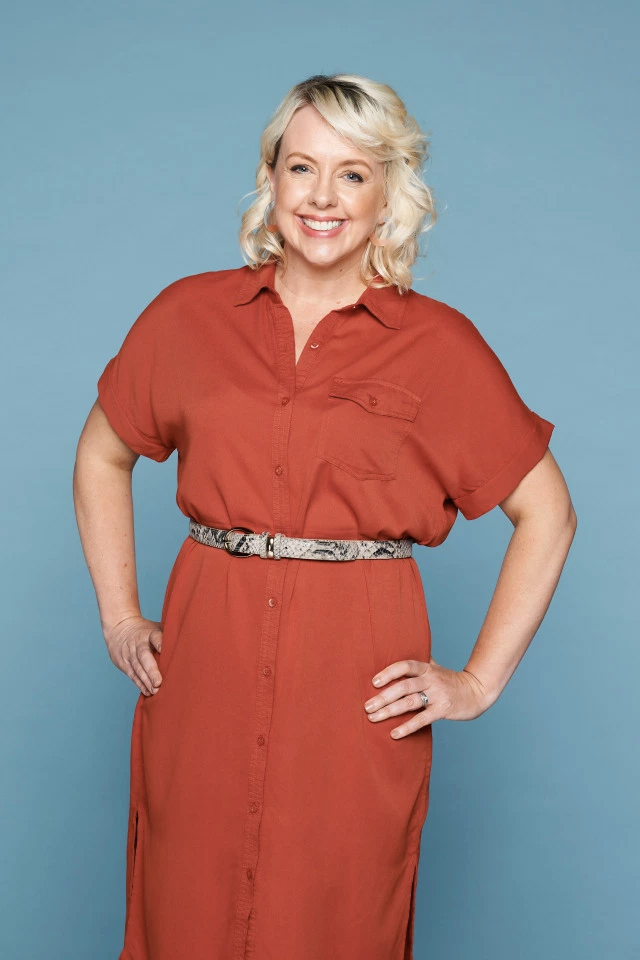
It takes you from poolside lounging to catching waves, but how often should you wash swimwear? Proper care goes a long way in keeping your favourite bikini or one-piece looking vibrant, maintaining its elasticity, and ensuring it's ready to hit the water season after season.
We've all been there: the post-swim scramble, shoving our damp swimwear into a gym bag or beach tote, promising ourselves a thorough wash later. But that later can often turn into never (or at least, next time I wear it), which can spell disaster for your beloved swimsuit. Contrary to popular belief, a quick rinse under the showerhead just won't cut it.
“Ideally, you should soak your swimwear after every wear,” says Jill Palese, founder of sustainable swimwear brand Call To Action Clothing.
“It's important to remove the chlorine, salt water, sunscreen and perspiration from your suit. All of those things will break down the fibres in your swimsuit and will shorten the lifespan of your garment.”
How often should you wash swimwear?
The frequency of washing your swimsuit depends on two key factors: how often you wear it and where you wear it. Cleaning and decluttering expert Heidi Phillips offers some guidance: "If you are swimming daily then wash your swimwear approximately every three wears.”
However, sunscreen adds another layer to consider. "If you are swimming outside and wearing sunscreen, be aware that the chemicals in the cream can damage your swimwear," Heidi warns, "so consider washing every two wears instead."
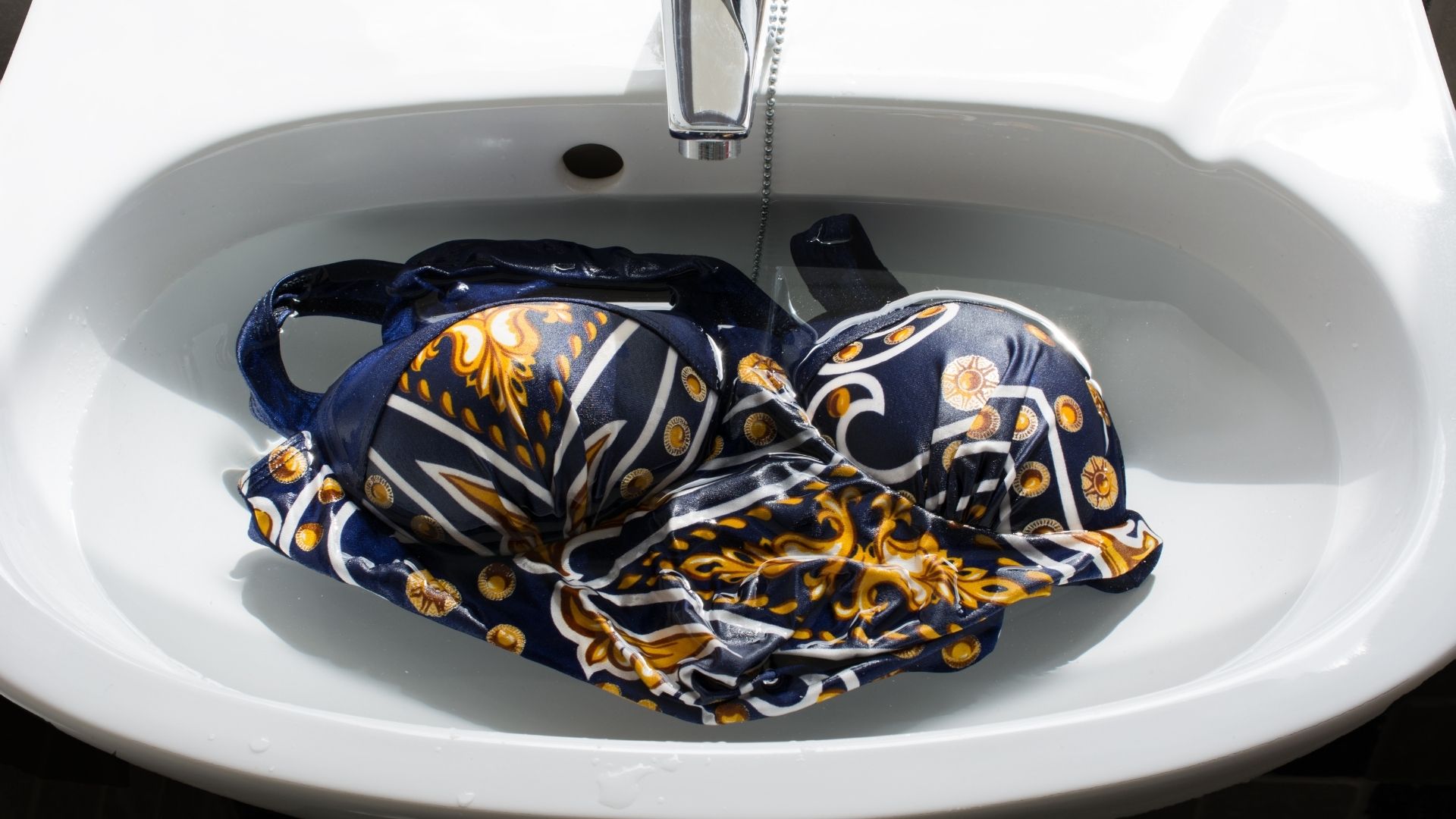
Stylist Joanne Watkinson emphasises the importance of rinsing your swimsuit after every wear, regardless of location.
Sign up for the woman&home newsletter
Sign up to our free daily email for the latest royal and entertainment news, interesting opinion, expert advice on styling and beauty trends, and no-nonsense guides to the health and wellness questions you want answered.
"Rinse after swimming, especially in a pool," she advises. "Chlorine not only fades the colours but also loosens elastic over time."
By incorporating these simple steps into your routine, you can ensure your swimsuit stays looking and feeling its best all summer long.
How to wash swimwear
All the swimwear experts we spoke to agree on one thing – handwashing your swimwear is much better than throwing it into a washing machine, especially if it’s got underwired cups.
Heidi suggests using cold to lukewarm water and a mild detergent for the best results.
“Before washing, turn your swimwear inside out to prevent the delicate fabric from being snagged,” she says. “Once washed, wring gently by hand and hang to air dry.”
Heidi suggests avoiding the tumble dryer as the heat can damage the fabric.
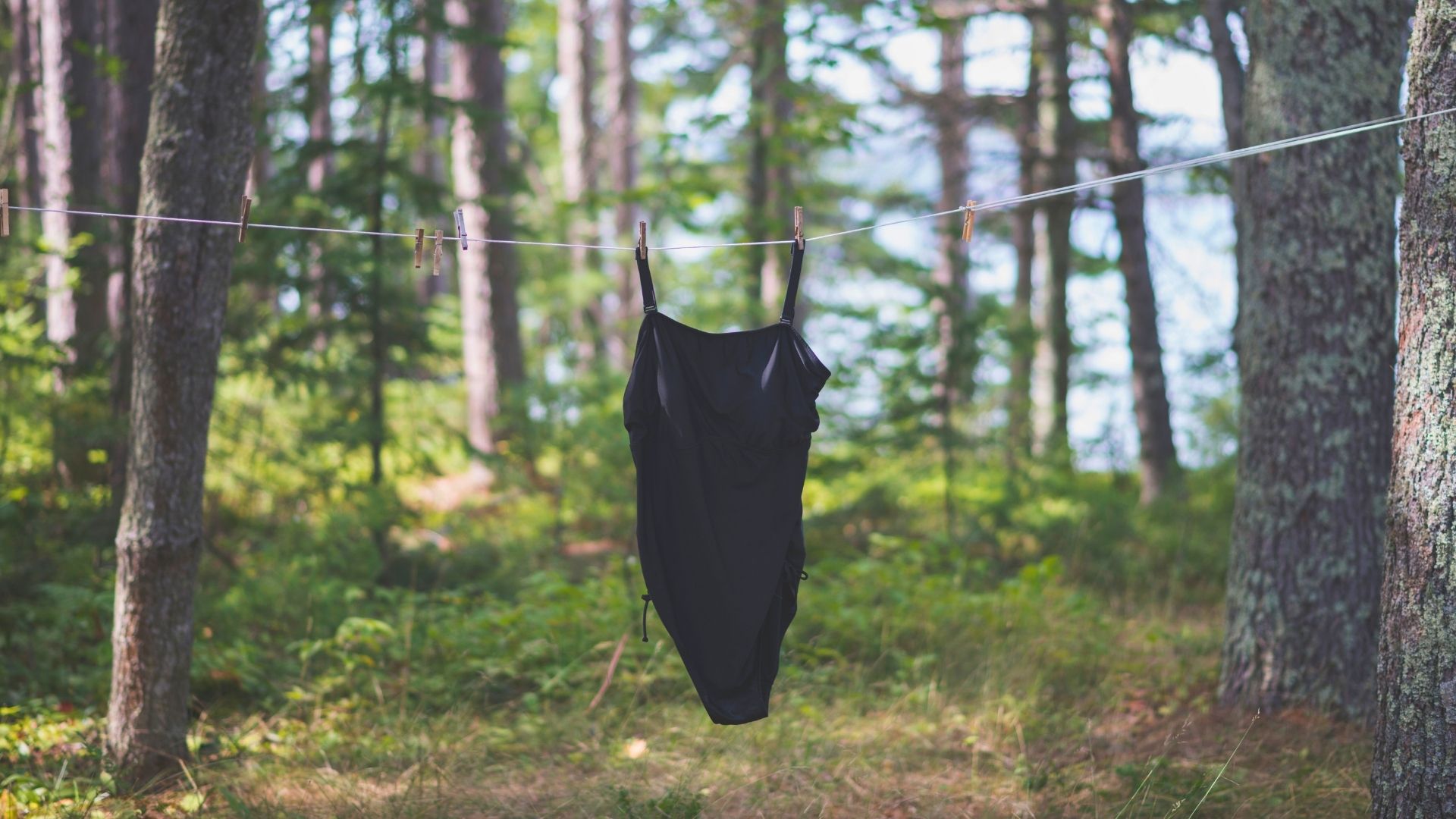
If your swimsuit doesn't have underwired cups, you can use the washing machine, but Heidi says it’s best to use a very cool temperature and wash on a short wash. Using a mesh laundry bag can also be a good idea as it can help protect your swimsuit from snags during the wash.
“Don't use an extended spin as this could be too rough on the fabric of the swimwear,” she advises.
It’s also best to avoid fabric conditioner. This can coat the fibres in your swimsuit, which can damage the elastane (that gives it its stretch and shape). Over time, this can lead to a baggy, loose-fitting swimsuit – and nobody wants that!
But what about if you’re on holiday? Joanne says a bar of Vanish soap is your best friend.
“Suntan lotion and false fan stains on swimwear will make it look ancient quickly, so I use Vanish on any marks and then rinse thoroughly,” she says.
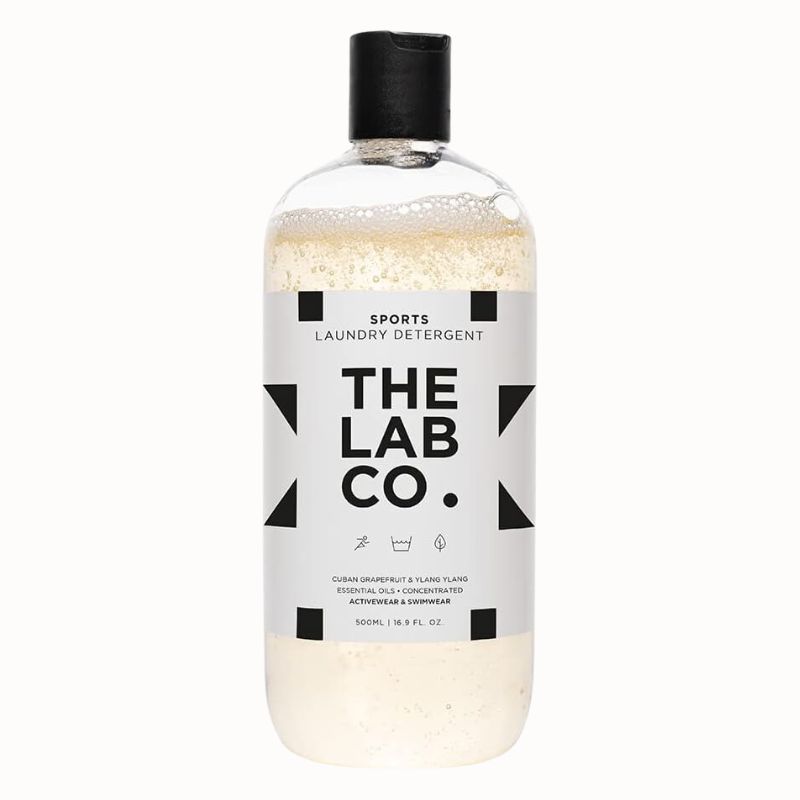
RRP: £11 (was £14) | This eco laundry detergent is made especially for active wear and swimwear. Containing essential oils that are gentle on specialist fabrics, it deodorises and cleans while removing chlorine and bacteria that can damage your suit.
What happens if you don't wash a bathing suit?
Leaving your swimwear unwashed might seem a minor laundry infringement, but it can end up wrecking your favourite suit or bikini.
Chlorine, salt water, sunscreen, and even sweat can team up to break down the delicate fabrics. This translates to faded colours, a loss of elasticity that leaves your suit baggy, and in extreme cases, fabric breakdown.
Unwashed suits also become breeding grounds for bacteria from trapped sweat and body oils, leading to unpleasant odours and potentially even skin irritation, especially in sensitive areas. To top it all off, a damp, unwashed swimsuit left forgotten in a dark bag or locker is a recipe for mould growth.
Taking the time to properly wash your swimsuit is a simple step that goes a long way in keeping your swimwear looking and feeling fresh, ensuring it's ready for every aquatic adventure you throw its way.
Can you machine wash a swimsuit?
Machine washing can be harsh on your swimwear, potentially causing fading and loss of elasticity. You also risk snagging or tearing the fabric.
While you won’t ruin your swimsuit by giving it an occasional machine wash on a low temperature, handwashing is definitely preferable – especially if you’ve spent a lot of money on your swimwear.
“Swimwear fabrics are very durable, so hand washing with a mild soap will do the trick fairly quickly,” says Jill.
“It's always wise to hand wash your garments and soak them for 30 minutes to an hour in cool water with a touch of very mild soap.”
Can you tumble dry a swimsuit?
Once you've given your swimsuit a good clean, drying it properly is just as important.
"Never use a tumble dryer to dry swimwear as the heat will damage the fabric," Heidi warns.
Air drying is the gentlest and safest way to go. Hang it flat or over a drying rack in a well-ventilated area away from direct sunlight, which can also contribute to fading.

Speaking of fading, Jill sheds light on why hot tubs are another enemy of swimwear.
"The chemicals and heat will quickly break down the fibres in your swimsuit, shortening its lifespan quite a bit,” she warns.
Consider keeping a separate suit specifically for these high-heat and high-chlorine environments.

Jill Palese is the founder of the emerging brand, Call to Action. Launched in May, 2021, it’s her platform for creating beautiful swimwear and clothing built with purpose. A lifelong environmentalist and clothing designer, she follows the slow fashion philosophy, producing only what is beautiful, useful, and necessary.

Heidi Phillips is the owner of The Organised Home and Mind, a busy cleaning company based in South Wales. Along with providing general domestic and commercial cleaning, the business also offers more extreme bio hazardous cleaning services too.

Joanne is a fashion stylist and co-founder of slow fashion brand By Elleven. She has 20 years’ experience of working in the fashion industry.
With over 22 years’ experience in journalism, Jayne has written about a variety of subjects. She spent the start of her career within the world of film, interviewing Hollywood stars, attending premieres and lusting after red carpet outfits, and then moved into fashion, launching websites for big magazines such as Look, Woman’s Own and Wedding and working with top fashion brands such as Westfield, LK Bennett and Hunter.
Career highlights include dressing up as Kylie (in gold hot pants!) for a national newspaper and working on big fashion events alongside Giles Deacon, Henry Holland and Naomi Campbell.
-
 My confidence 'soared' after I tried the 3-2-1 workout method - here's how it revolutionised my routine
My confidence 'soared' after I tried the 3-2-1 workout method - here's how it revolutionised my routineFor the past two weeks, I have been doing the 3-2-1 workout method to boost my fitness, flexibility, and strength
By Susan Griffin
-
 Princess Eugenie gives knitwear a spring makeover with short sleeved jumper and satin skirt at poignant London visit
Princess Eugenie gives knitwear a spring makeover with short sleeved jumper and satin skirt at poignant London visitPrincess Eugenie isn’t a working member of the Royal Family, but she’s a dedicated Patron of several vital charities and organisations.
By Emma Shacklock
